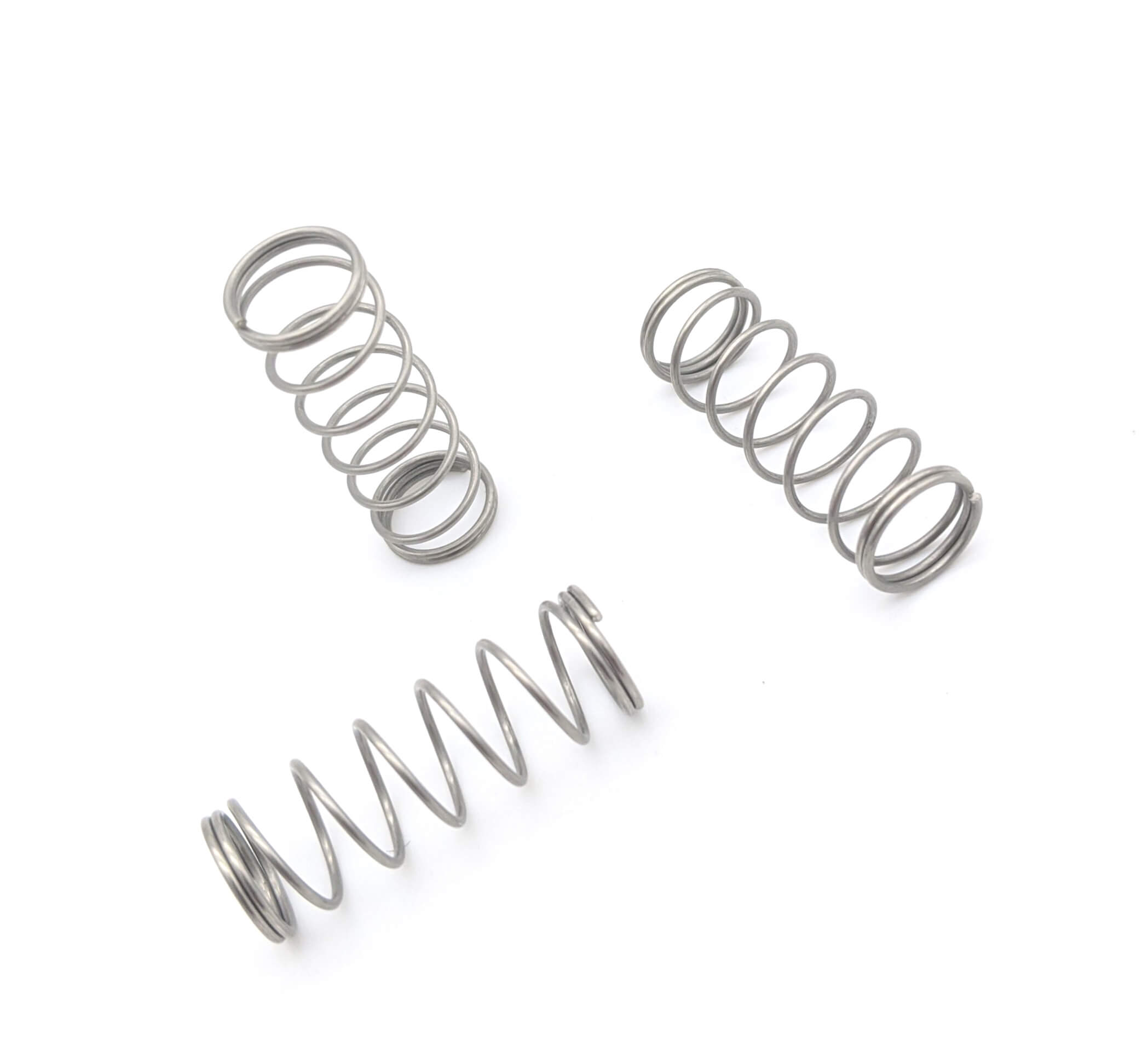Get unique, complex parts easily. No matter your requirements, Chaoyi Spring creates hard-to-produce coil springs and wire forms.
Let us help you create the custom wire form you need, from S-hooks and J-hooks to utility hooks and more.
We work closely with customers across a wide range of industries, helping them design and manufacture made-to-order parts.
Why choose Chaoyi Spring? We prioritize customer-focused collaboration, modern equipment and the latest technology to make your parts per print.
Find the information and guidance you need, from measuring a spring to learning about materials, placing an order and much more.
Torsion springs, often likened to a coiled-up energy reservoir, are essential components in various mechanical systems. From delicate watch mechanisms to robust automotive suspensions, these springs play a crucial role


Torsion springs, often likened to a coiled-up energy reservoir, are essential components in various mechanical systems. From delicate watch mechanisms to robust automotive suspensions, these springs play a crucial role in storing and releasing rotational energy. Their behavior is governed by the torsion spring equation, a powerful tool that helps engineers predict and control their performance. This article will guide you through the intricacies of the torsion spring equation, shedding light on how it unlocks the secrets of this fundamental mechanical element.

The torsion spring equation, a cornerstone of spring design, describes the relationship between the applied torque and the resulting angular deflection. This equation forms the bedrock for understanding the fundamental behavior of torsion springs, allowing engineers to predict and optimize their performance in various applications. Understanding the equation allows you to precisely calculate the amount of torque required to achieve a desired angle of twist, or conversely, to determine the resulting angle of twist for a given applied torque.
The torsion spring equation can be derived using fundamental principles of elasticity and geometry. The equation is based on the fact that the spring's material is elastic, meaning it can deform under stress and return to its original shape when the stress is removed. The equation captures this elastic behavior and allows for a precise calculation of the spring's response to applied loads.
Here is the derivation of the torsion spring equation:
T = (G * J * θ) / L
Where:
T = Applied torque (Nm)
G = Shear modulus of the spring material (Nm-2)
J = Polar moment of inertia of the spring wire cross-section (m4)
θ = Angular deflection (rad)
L = Length of the spring wire (m)
The torsion spring equation serves as a powerful tool for engineers, providing a framework for designing springs that meet specific performance criteria. However, several factors must be considered during design:
The shear modulus (G) is a critical factor in torsion spring design, determining the stiffness of the spring. Selecting the right material is crucial for ensuring the spring meets the required stiffness and durability. Common materials include:
The wire diameter of the spring plays a vital role in determining its stiffness and durability. A thicker wire will lead to a stiffer spring, while a thinner wire will result in a more flexible spring. However, thinner wires can be more prone to fatigue failure under repeated stress. Careful selection of wire diameter is essential to achieve the desired stiffness and durability for the intended application.
The number of coils in a torsion spring directly affects its stiffness. More coils result in a stiffer spring, while fewer coils create a more flexible spring. This parameter allows engineers to fine-tune the spring's stiffness to meet specific performance requirements.
The length of the spring wire (L) also plays a role in determining its performance. A longer spring will typically be less stiff than a shorter spring, but it can also accommodate larger angular deflections. Understanding this relationship is crucial for designing springs that can handle the intended load and deflection.
The spring rate (k) represents the spring's stiffness and is defined as the change in torque per unit change in angle. A higher spring rate indicates a stiffer spring, requiring more torque to produce a given angular deflection. The spring rate is an important parameter for spring selection and design.
k = T / θ
Torsion springs are ubiquitous, playing vital roles in diverse industries and applications. Here are some notable examples:
The torsion spring equation is a powerful tool for engineers, providing a fundamental understanding of the behavior of these essential mechanical components. By carefully considering material selection, spring wire diameter, number of coils, spring length, and spring rate, engineers can design torsion springs that meet the demanding requirements of diverse applications. The torsion spring equation, coupled with a deep understanding of spring design principles, empowers engineers to develop innovative and reliable solutions across various industries.
In conclusion, the torsion spring equation serves as a beacon in the realm of spring design, illuminating the intricate relationship between torque, angle, and material properties. By mastering the principles embedded in this equation, engineers can unlock a world of possibilities, creating springs that are both functional and reliable. From delicate clock mechanisms to robust automotive suspensions, torsion springs continue to play a vital role in shaping our world, driven by the power of the torsion spring equation.
Browse some of the custom wire forms and springs that we manufacture. Don’t see what you need? We specialize in made-to-order products that meet your application requirements.
Visit Our GalleryNeed a custom wire form or coil spring? We make it work. Fill out the contact form and a representative will respond within 1 business day. If you have a PDF or CAD file, you can submit to request a quote.